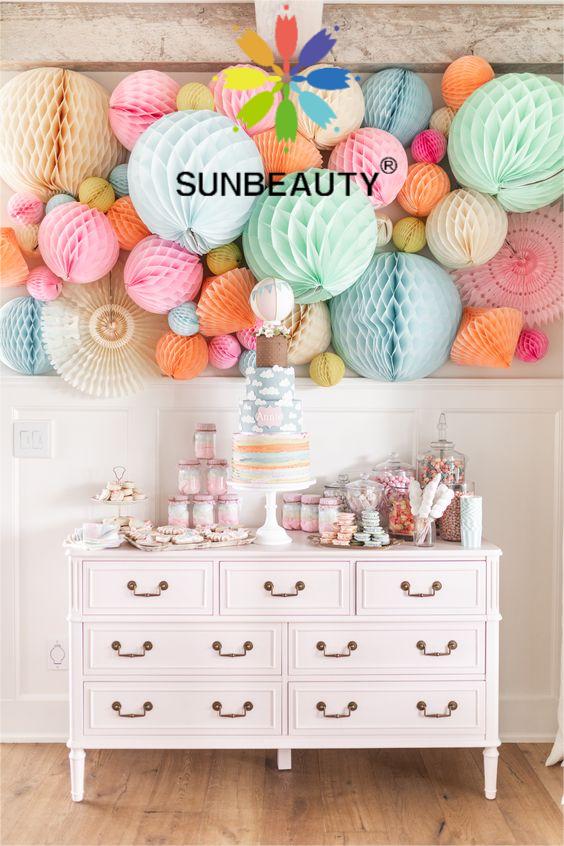The personalized piñata is a fascinating cultural artifact that has become synonymous with joyous celebrations and festive occasions. This blog explores the origins, symbolism, and global popularity of this captivating tradition.
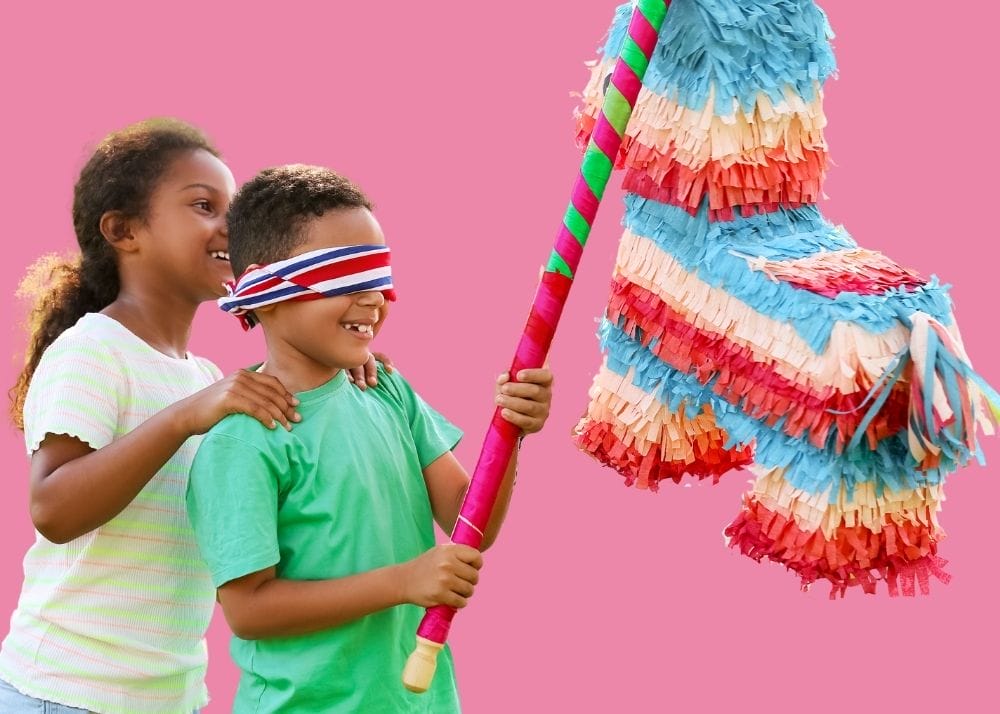
What is a piñata and the history of the piñata ?
Piñatas have a rich history that spans several centuries and cultures. The origins of bulk piñatas can be traced back to ancient China, where they were first used in religious ceremonies. These early piñatas were shaped like animals and filled with seeds, which symbolized good fortune and prosperity.
From China, the tradition of piñatas spread to Europe through trade routes. In the 14th century, Italian explorer Marco Polo encountered bulk piñatas during his travels in China and brought the concept back to Europe. There, the piñatas evolved into clay pots decorated with colorful paper and ribbons.
During the Renaissance period, Spanish missionaries adopted the piñata tradition as a way to attract indigenous people to their religious celebrations. They used the piñatas as a teaching tool, with each element representing different aspects of their faith. The traditional shape of the piñata changed to resemble a star with seven points, symbolizing the seven deadly sins.
As Spanish colonization reached the Americas, the piñata tradition was further adapted and assimilated into local cultures. The indigenous people of Mexico embraced the piñata, incorporating it into their own festivities. The piñata became a popular feature of Mexican posadas (Christmas celebrations) and birthday parties.
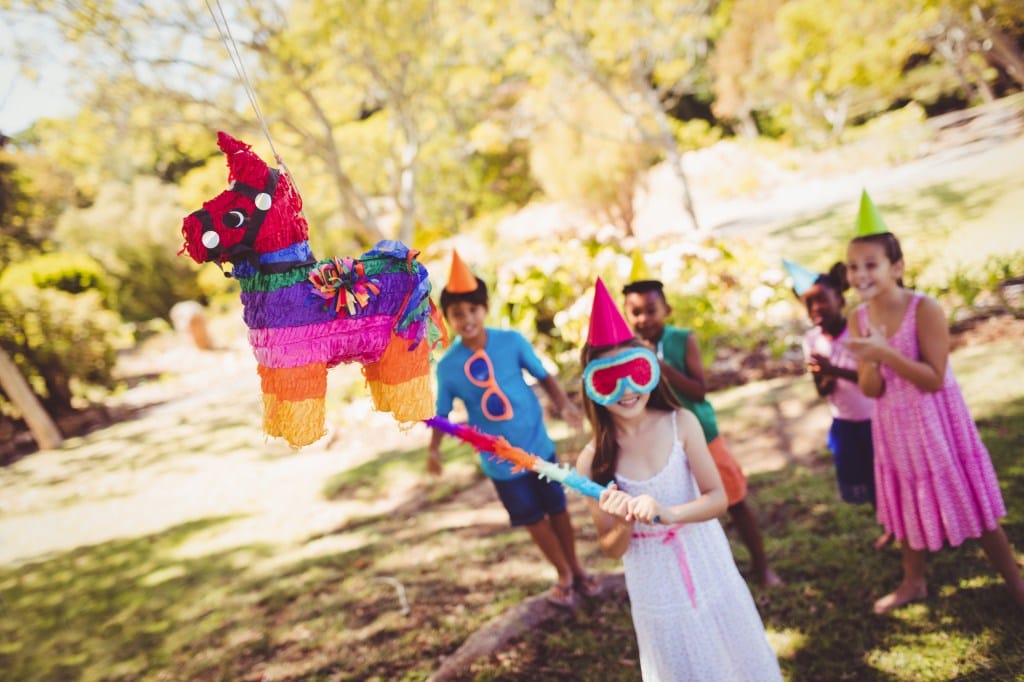
Over time, the materials used to make bulk piñatas shifted from clay to papier-mâché, making them easier to produce and more durable. Today, piñatas come in various shapes, sizes, and designs, often resembling popular characters or objects.
The modern tradition of breaking the piñata involves blindfolding participants, who take turns trying to hit the piñata with a stick while being guided by others. Once broken, the piñata spills out candies, fruits, and other treats, symbolizing the rewards of overcoming obstacles.
Piñatas have become a beloved and festive tradition in many parts of the world, especially in Latin American countries and Spanish-speaking communities. They are often associated with joyous celebrations, such as birthdays, holidays, and special events.
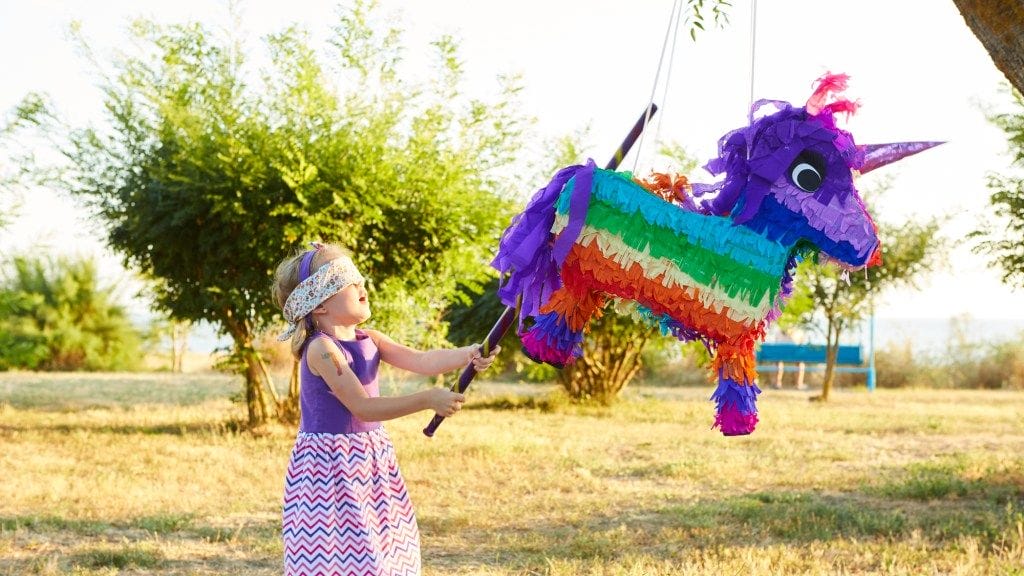
What Does the Piñata Symbolize and What is the Moral?
The piñata is often seen as a metaphorical representation of conquering evil through perseverance and teamwork. The blindfolded person trying to break the piñata symbolizes faith, when you break the piñata, it means that you put an end to those sins or inner demons. While the treats inside represent the rewards that come when obstacles are overcome.
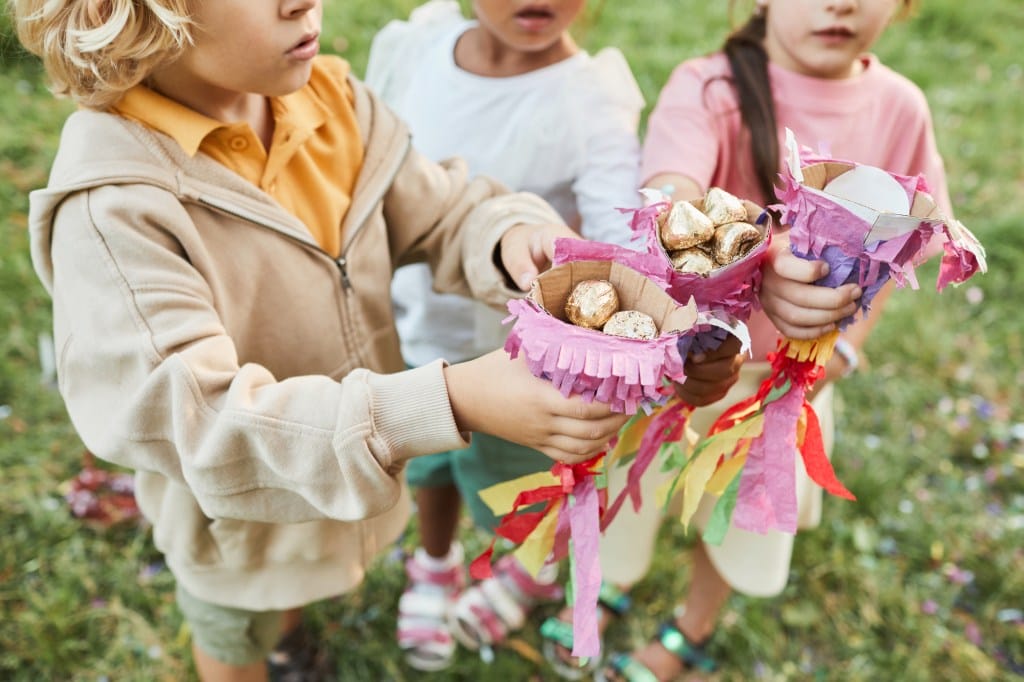
What Country Invented the Piñata?
There is some debate about the origins of the piñata, with various cultures claiming to have invented it. Some historians believe that the piñata was first used in ancient China, where it was used in religious ceremonies. Others attribute its invention to Europe, where piñatas evolved from clay pots into colorful paper decorations.
The Spanish are credited with introducing the piñata to the Americas, where it became a popular tradition in Latin American and Mexican cultures. The piñata was often used as part of Christmas celebrations and other festive occasions, and it remains an important part of many cultural events to this day.
Ultimately, the piñata is a symbol of celebration and joy that has been embraced by many cultures around the world. While its exact origins may be uncertain, its appeal as a fun and festive tradition is undeniable.
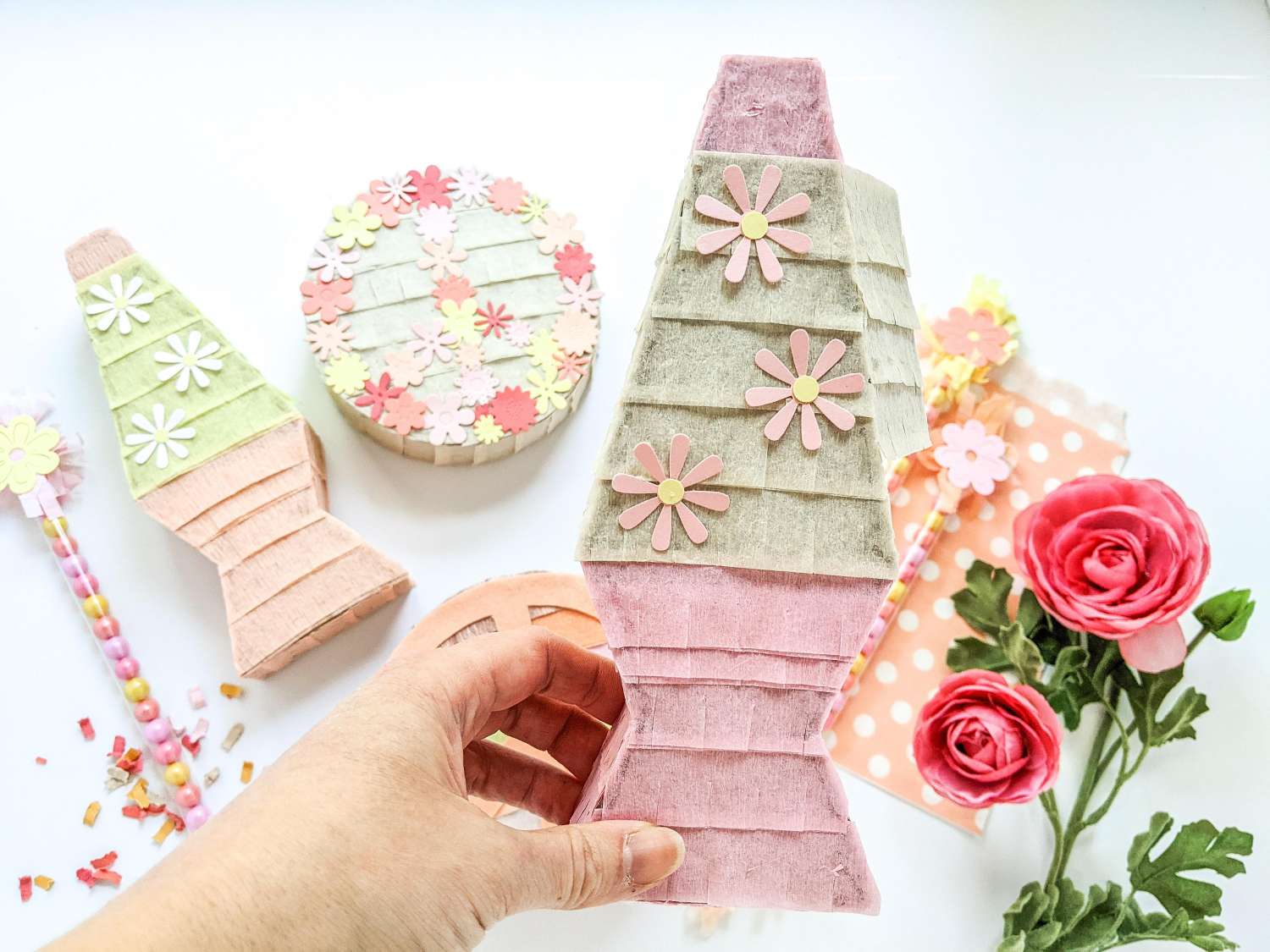
How piñatas spread across different regions?
Piñatas are popular in various countries and cultures around the world, including Europe, America, and Mexico.
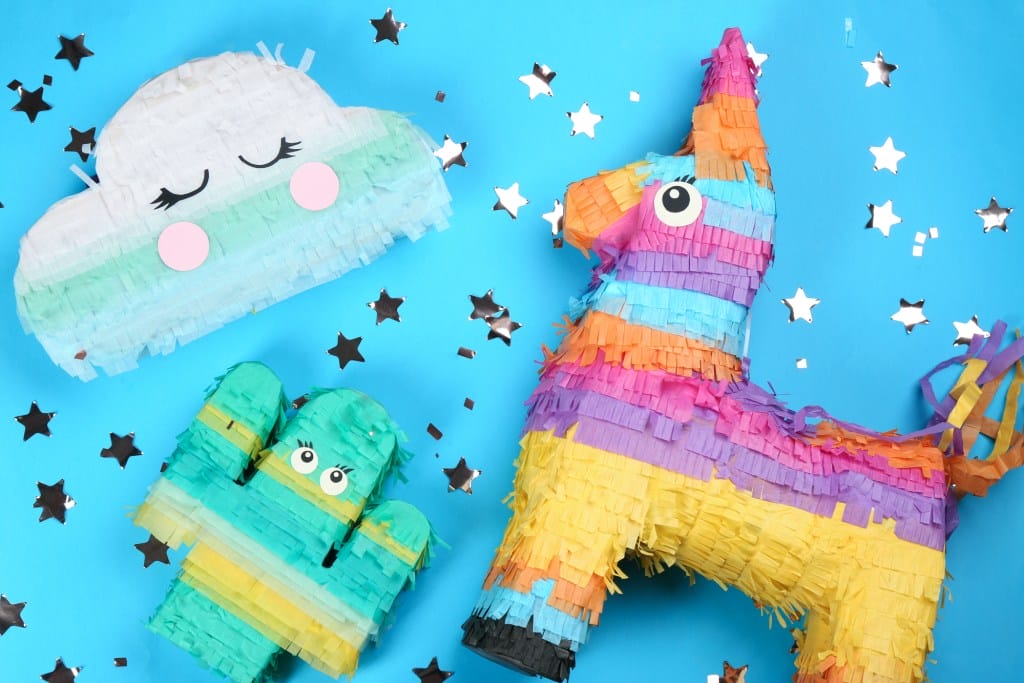
How Did Piñatas Spread Across Europe?
The Spanish explorer Marco Polo introduced the piñata to Europe during the 14th century. It quickly gained popularity and became a part of various European cultures. Each country added its own unique touch, resulting in diverse piñata traditions across the continent. For example, Italy developed a tradition of using clay pots rather than paper mache, while the British made piñatas shaped like animals.
Who Brought the Piñata to America?
The piñata was brought to the Americas by Spanish missionaries during the 16th century. Indigenous populations embraced the tradition and incorporated their own customs and materials into the piñata-making process. Today, personalized pinatas are an integral part of Latin American celebrations, particularly during festive occasions like birthdays, Christmas, and other holidays.
How Did Piñatas Get to Spain?
The origin of the piñata custom is largely undisputed among historians, with most evidence pointing to the Spanish as its originators. However, some evidence also suggests that China may have been the original root of the piñata tradition. The tradition may have made a stop in Italy on its way from China to Spain.
What Is the Origin of the Piñata in Mexico?
Mexico’s first documented piñata was hung up in Acolman in the 16th century. The monks of the Acolman church were looking for a way to Christianize the December festival celebrating the birth of the Aztec god, Huitzlipochtli. They used a piñata shaped like a star with seven points, each representing one of the deadly sins. The piñata was filled with sweets and fruit, which were meant to represent the rewards of virtue. Today, bulk piñatas are a common sight at Mexican celebrations, particularly during Christmas and other holidays.
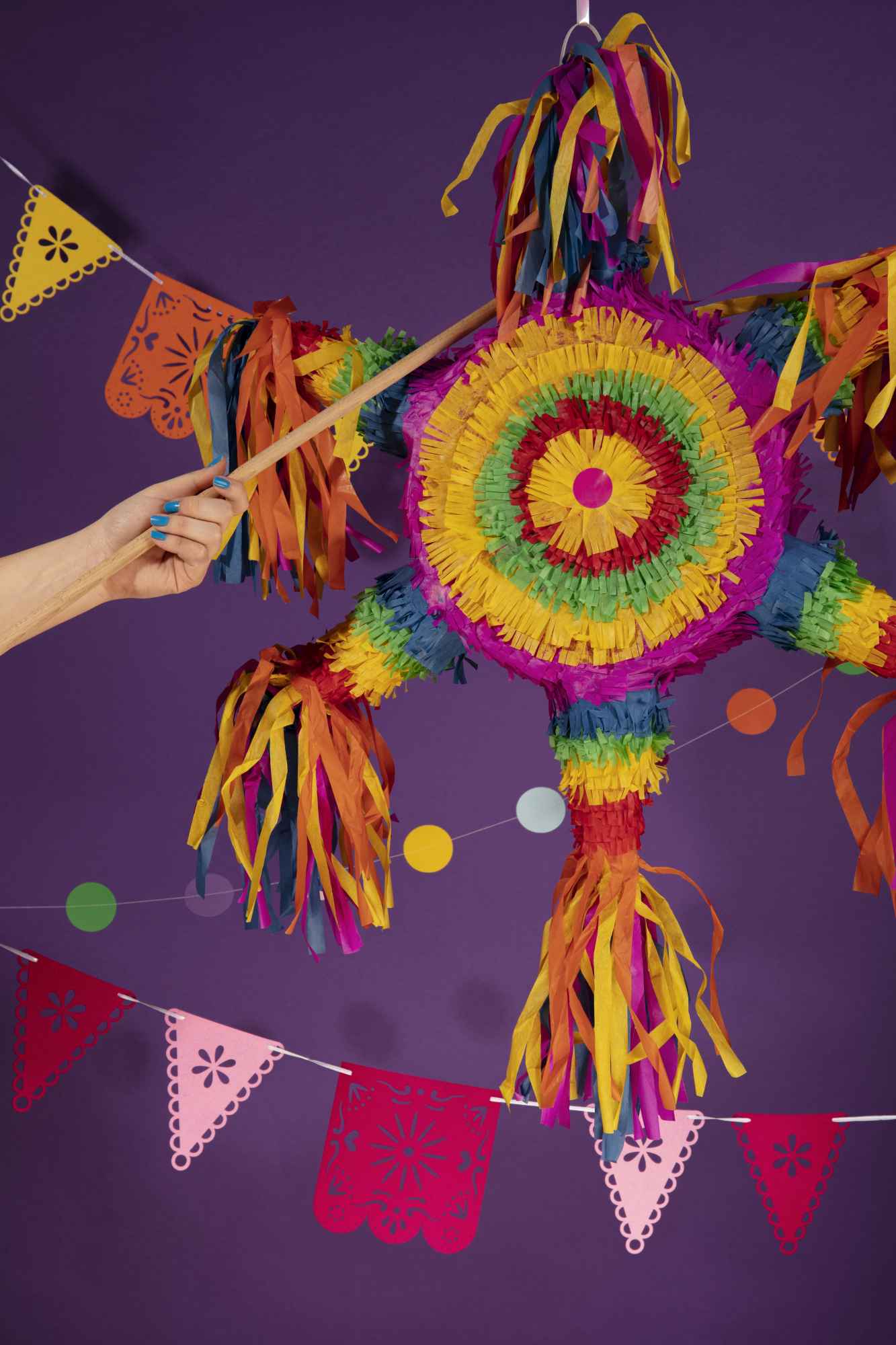
Where Are Most Bulk Pinatas Made?
Today, the majority of piñatas are made in Mexico, usually covered with brightly colored tissue or crepe papers, they resemble objects, animals, and even popular cartoon characters. However, with the growing popularity of personalized piñatas, they are also produced in other countries, including the United States and China.
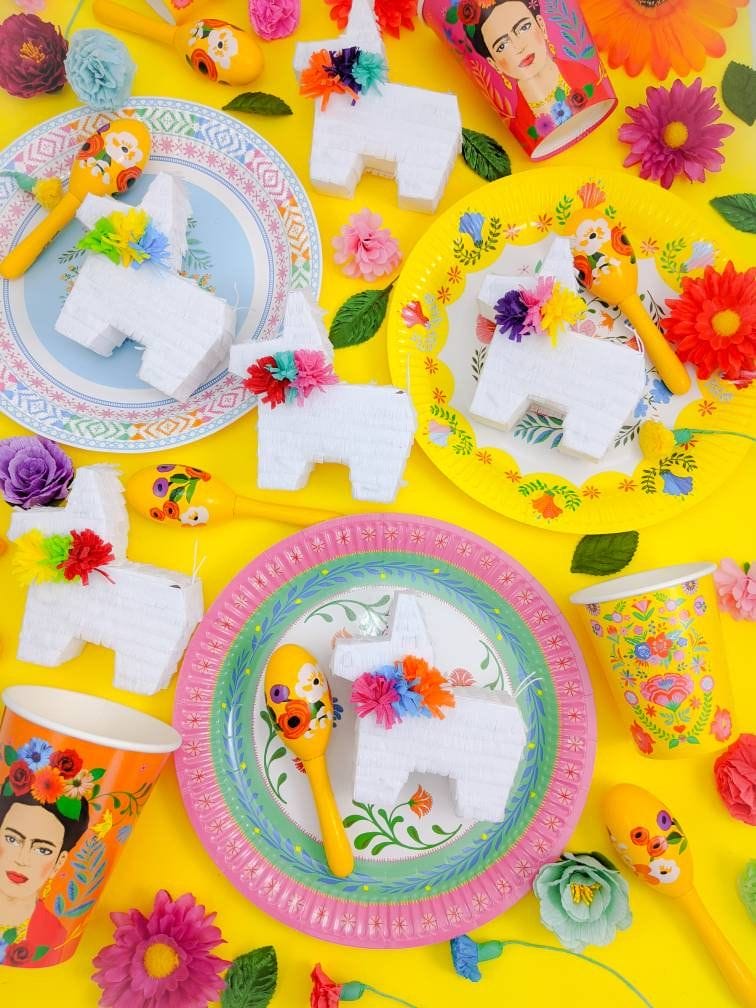
Types of Piñatas
piñatas are a fun and festive addition to any party or celebration. From traditional Mexican piñatas to creative variations, there are many different types to choose from. Some popular types include:
Traditional Mexican Piñatas
The traditional Mexican piñatas is perhaps the most well-known type. It is typically made from clay or pulp paper, decorated with brightly colored tissue paper, and shaped like a star with seven points. It has religious significance as each point represents one of the Seven Deadly Sins: pride, greed, lust, envy, gluttony, wrath, and sloth. And the breaking of the piñata symbolizes the triumph of good over evil.
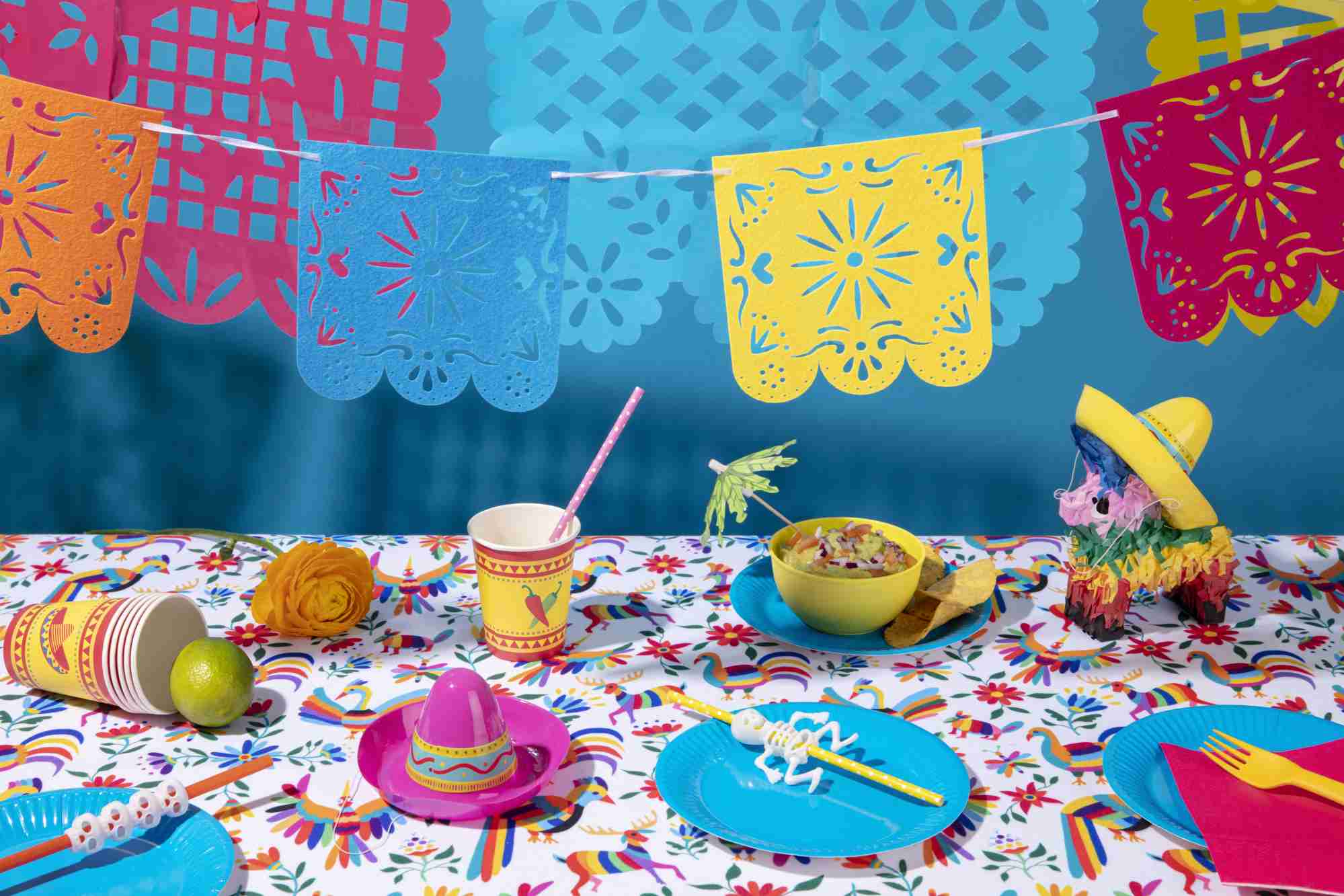
Animal-Shaped Bulk Pinatas
Animal-shaped bulk pinatas are a popular choice for children’s birthday parties. They can be made to look like any animal, from a cute puppy to a fierce lion. These piñatas are often made from cardboard or paper, and decorated with paint or tissue paper.
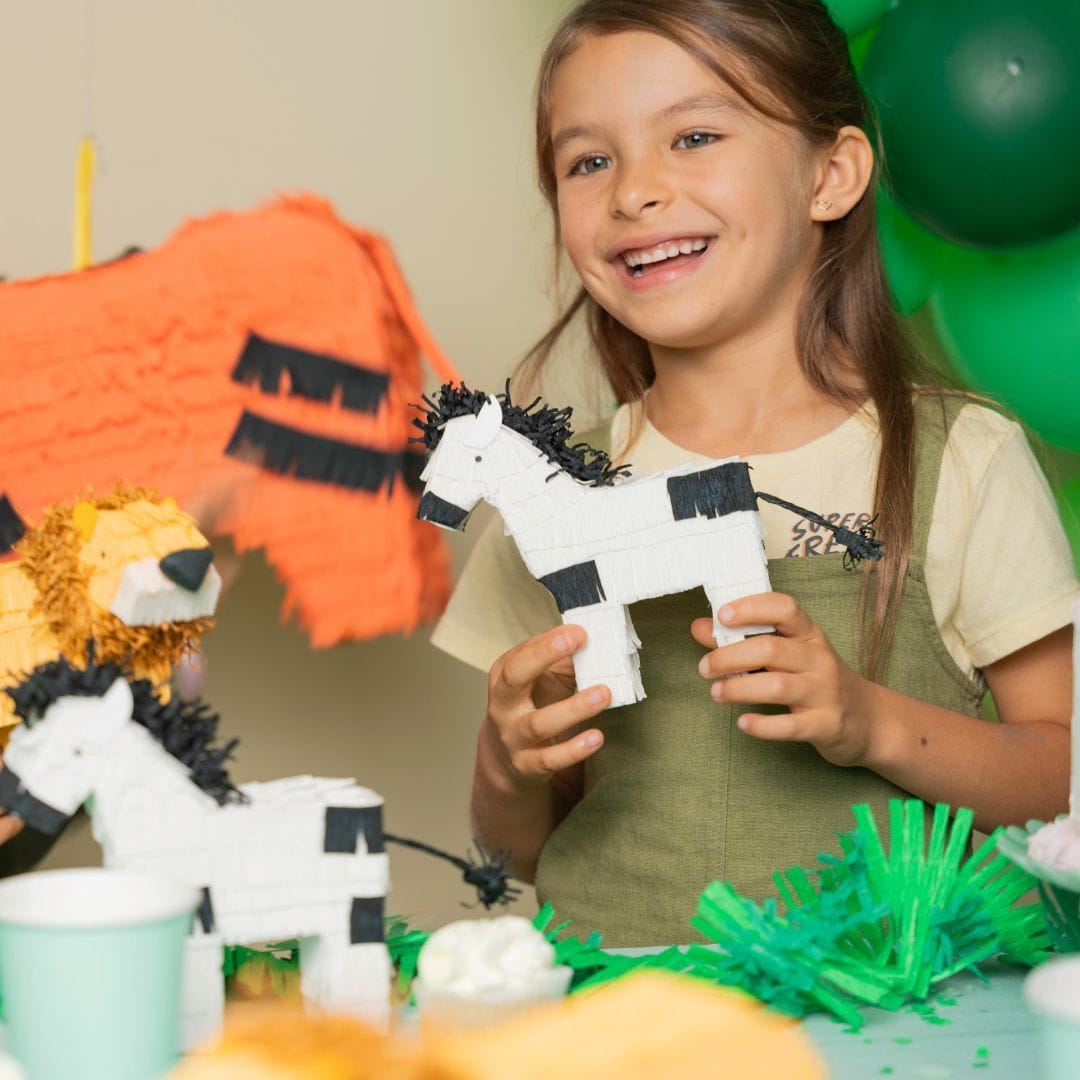
Character Bulk Pinatas
Character bulk pinatas are another popular choice for children’s parties. They can be made to look like any cartoon character, superhero, or celebrity. These piñatas are often made from pulp paper or cardboard, and decorated with paint or colored tissue paper.
Pull-String Pinatas
Pull-string piñatas are a safer alternative to traditional persoalized pinatas. Instead of hitting the piñata with a stick, children take turns pulling on strings until the piñata breaks open and spills out its contents. These piñatas are often made from cardboard or paper, and decorated with brightly colored tissue paper.
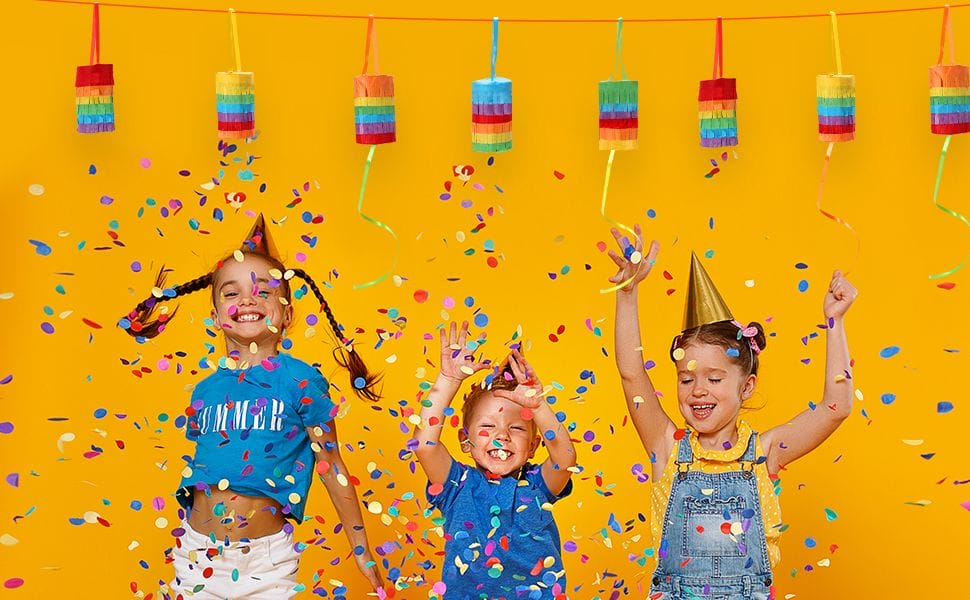
Mini Piñatas
Mini piñatas are small versions of traditional persoalized pinatas. They are often used as party favors or decorations. These mini piñatas are typically made from pulp paper or cardboard, and decorated with paint or tissue paper.
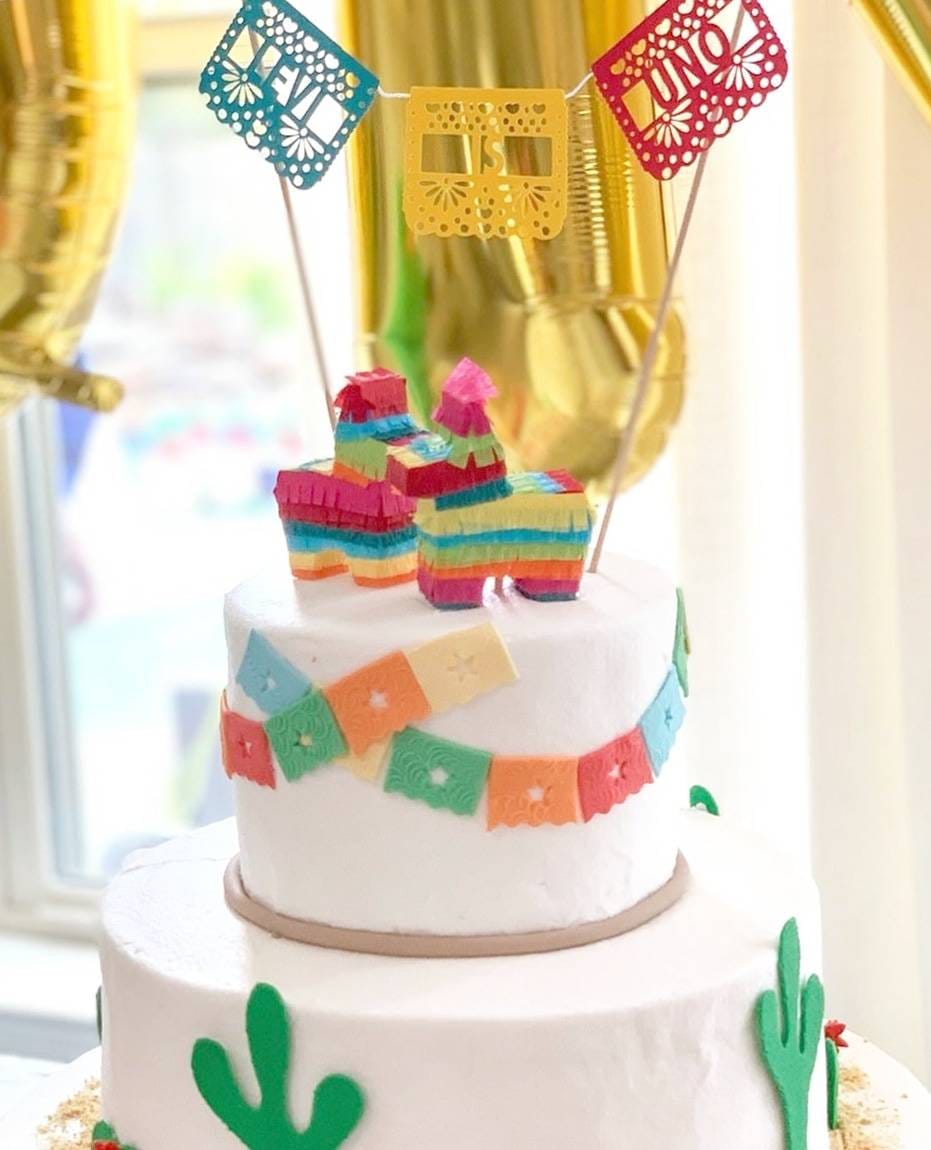
Number Piñatas
Number piñatas are a great way to celebrate a milestone birthday or anniversary. They can be made to look like any number, from 1 to 100. These number piñatas are often made from cardboard or paper, and decorated with paint or tissue paper.
Food-Shaped Piñatas
Food-shaped piñatas are a fun and creative twist on traditional personalized pinatas. They can be made to look like any type of food, from pizza to donuts. These piñatas are often made from pulp paper or cardboard, and decorated with paint or tissue paper.
Sports Piñatas
Sports piñatas are a great choice for sports-themed parties. They can be made to look like any type of ball, from a soccer ball to a basketball. These personalized piñatas are often made from cardboard or paper, and decorated with paint or tissue paper.
Holiday Piñatas
Holiday piñatas are a festive addition to any holiday celebration. They can be made to look like any holiday icon, from Santa Claus to a jack-o’-lantern. These hoilday bulk piñatas are often made from pulp paper or cardboard, and decorated with paint or tissue paper.
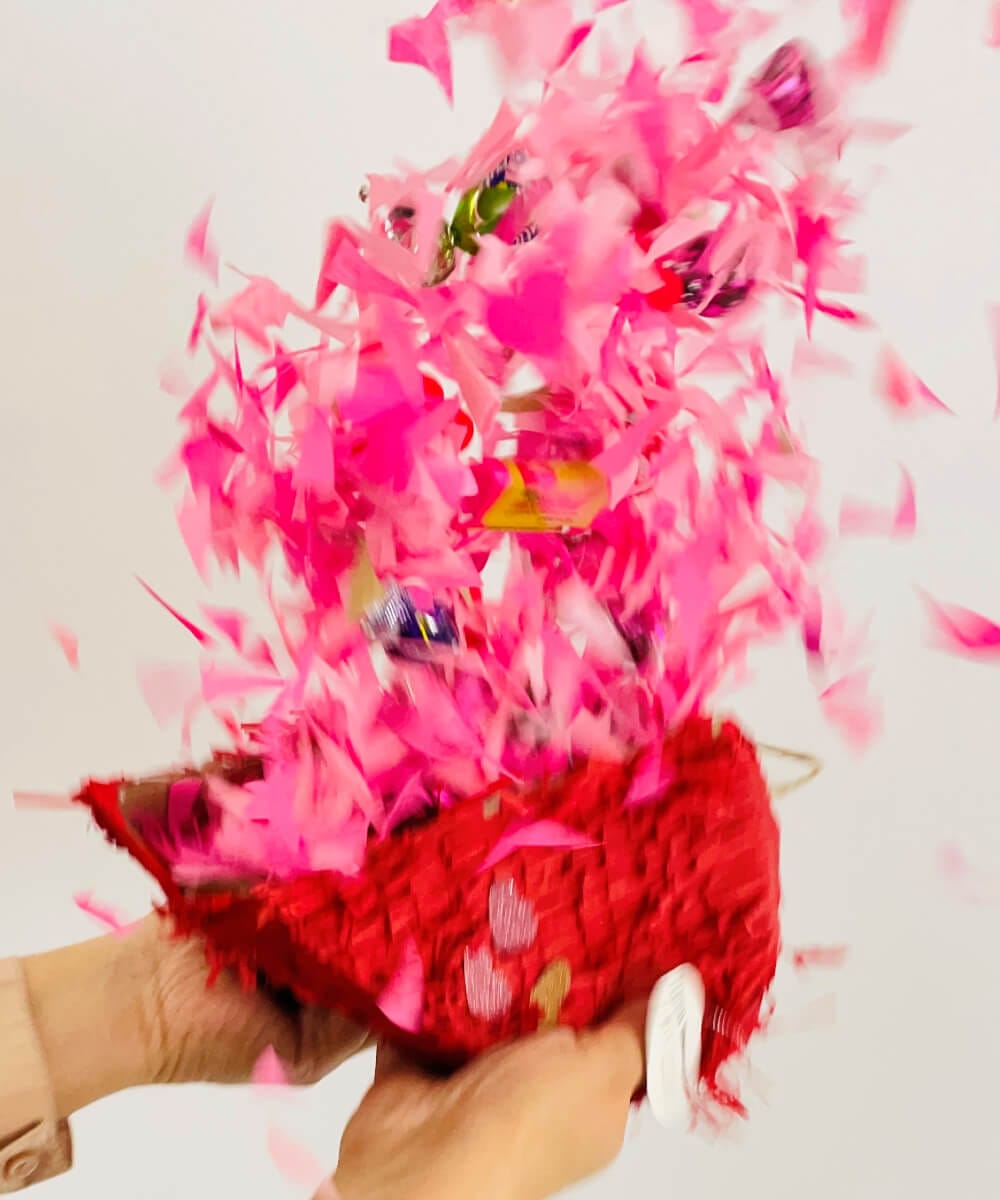
Custom piñatas are a great way to make your event unique. They can be made to look like anything you can imagine, from a favorite movie character to a company logo. These bulk piñatas are often made from pulp paper or cardboard, and decorated with paint or tissue paper.
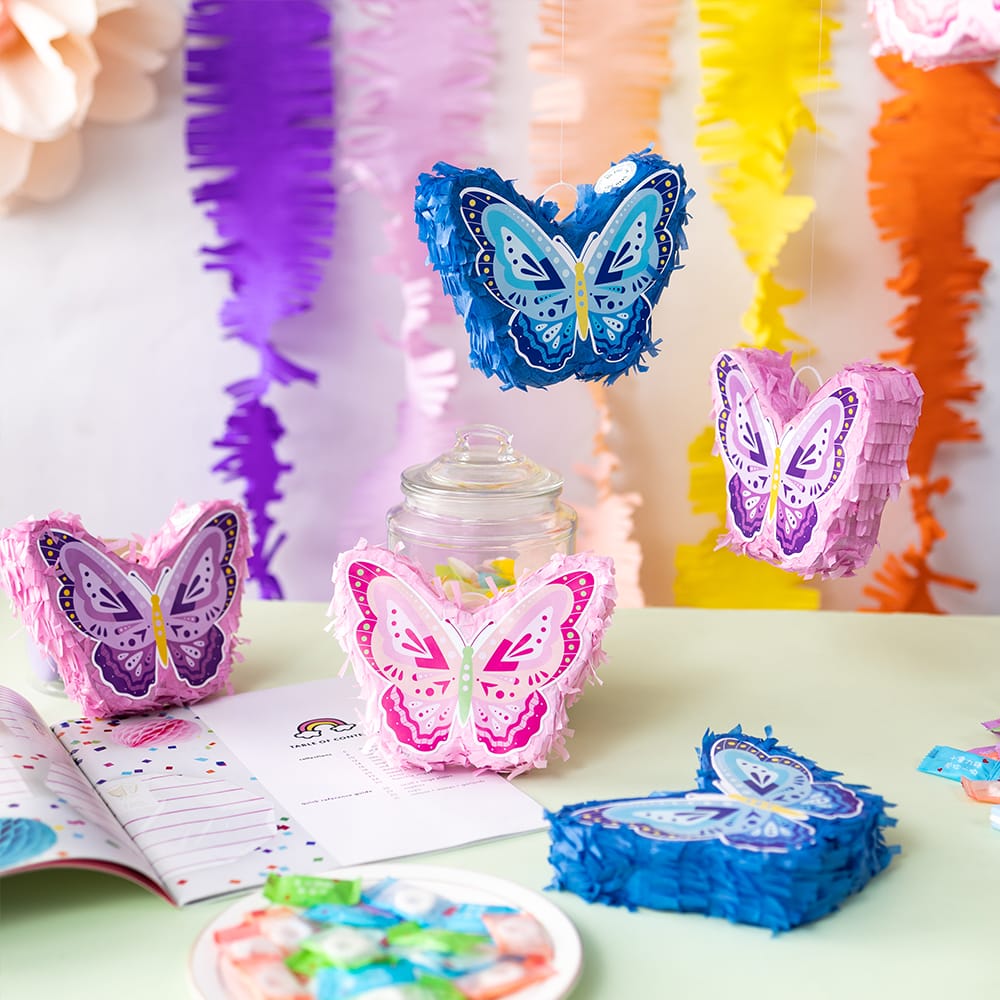
Piñatas have evolved from ancient Chinese traditions to become a beloved part of celebrations around the world. Their symbolism, history, and the joy they bring make them an integral aspect of cultural festivities. Whether you’re at a birthday party or a holiday gathering, breaking open a personalized piñata is a thrilling and unforgettable experience for people of all ages.







